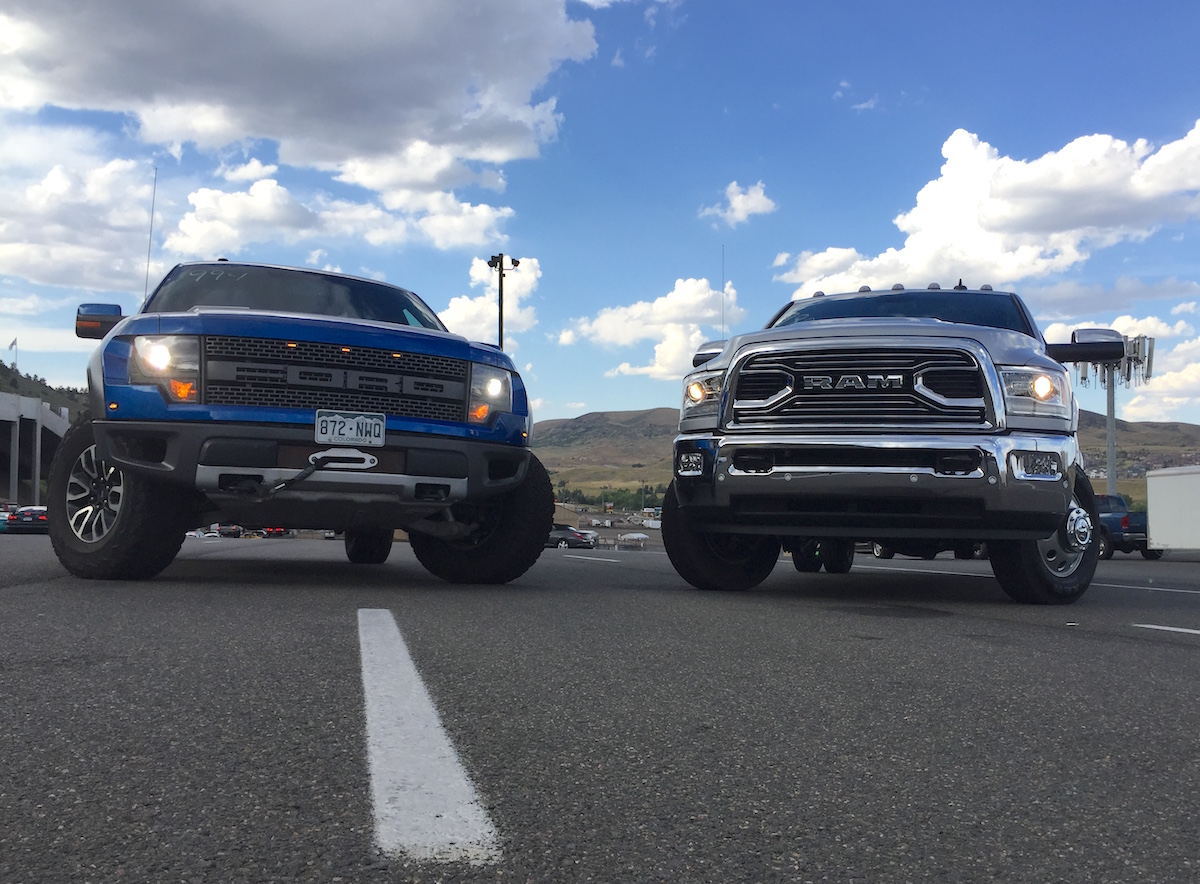
Nissan has announced it will bring the Serena van to market in Japan with the company’s ProPILOT autonomous driving technology. According to a press release the Serena van has been testing in various regions to be able to handle conditions in the markets in which the system will be introduced. We actually spotted what appears to be a Japanese-spec Serena back in March and wonder if that’s what they were testing. Read the original story here.
The autonomous driving tech is stage one of a three-stage rollout for self-driving vehicles. As of now, the system can only handle single-lane traffic in highway conditions (about 20 to 60 mph). The system is able to read traffic in front of it via a single camera and apply the brakes and accelerate as necessary up to a pre-selected speed set by the driver. It also reads lane markings and provides steering inputs to keep the vehicle within a single lane. The next stages for Nissan’s autonomous driving program include self-driving in multi-lane highway situations (scheduled for 2018) and self-driving in urban settings (scheduled to launch in 2020). The company states the technology will appear in other vehicles and other markets, including the U.S., at an undisclosed date.
One current limitation of lane reading tech is that the lines on the road must be clearly visible. In poor weather conditions or where the lane markings are covered with dirt, for example, these systems get confused and require driver input. It will be interesting to see if Nissan has come up with a solution to this problem with its ProPILOT.
Check out the images in the gallery below for a PowerPoint-style look into the future.
It appears autonomous driving is the arms race of the automotive industry, as most manufacturers have some form of self driving capability baked into their cars, such as the Ford F-150’s trailer backup system seen in the video below.






















![Which is More Reliable: 3.5L EcoBoost or 5.0L V8? [Reader Question] Second-generation 3.5-liter EcoBoost engine](https://tfltruck.com/wp-content/uploads/2016/05/Second-generation-35-liter-EcoBoost-engine.jpg)
![Which Silverado Engine to Get: 5.3L or 6.2L V8? [Ask TFLTruck] 2016 chevy silverado](https://tfltruck.com/wp-content/uploads/2015/10/2016-chevy-silverado-grille.jpg)
